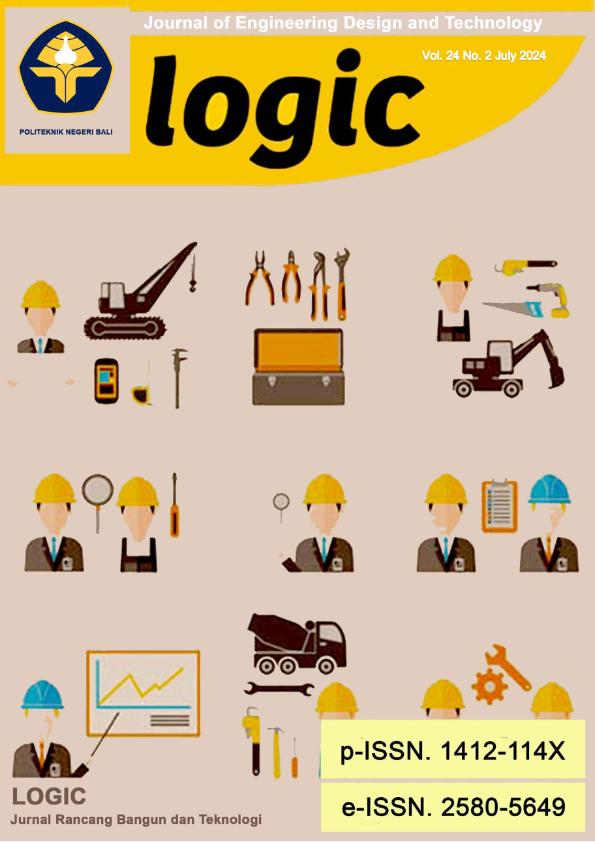EFFECT OF STATIC THERMAL TENSIONING AND PREHEATING ON ANGULAR DISTORTION IN FCAW WELDED SS400 STEEL CORNER JOINTS
Keywords:
angular distortion, SS400 steel, FCAW weldingAbstract
FCAW welding is an automated welding process that employs a wire roll electrode to melt metal, using flux or powder within the electrode's core for protection. A common issue with FCAW welding is the occurrence of angular distortion and alterations in the length and width dimensions, particularly in thin plate iron materials, due to residual stresses from the welding process.
This research aims to assess the impact of static thermal tensioning, preheating, and their combination on angular distortion in SS400 steel corner joints during FCAW welding, considering heat input during welding. True experimental research methodology was employed, with variations in preheating temperatures of 200°C, 250°C, 300°C, static thermal tensioning at 150°C, 200°C, 250°C, transient thermal tensioning at 150°C, 200°C, 250°C, and a reference method with no treatment to determine the welding approach that minimizes angular distortion. The material used was 3mm thick SS400 steel. Data analysis was performed using Minitab 18 software and the One-Way Anova method.
The research results indicate a significant influence of static thermal tensioning, preheating, and their combination on angular distortion. The optimal welding methods identified are preheating-static thermal tensioning at 89°55', preheating-transient thermal tensioning at 89°50', static thermal tensioning at 150°C at 89°45', transient thermal tensioning at 150°C at 89°40', and preheating at 200°C at 89°35'.








